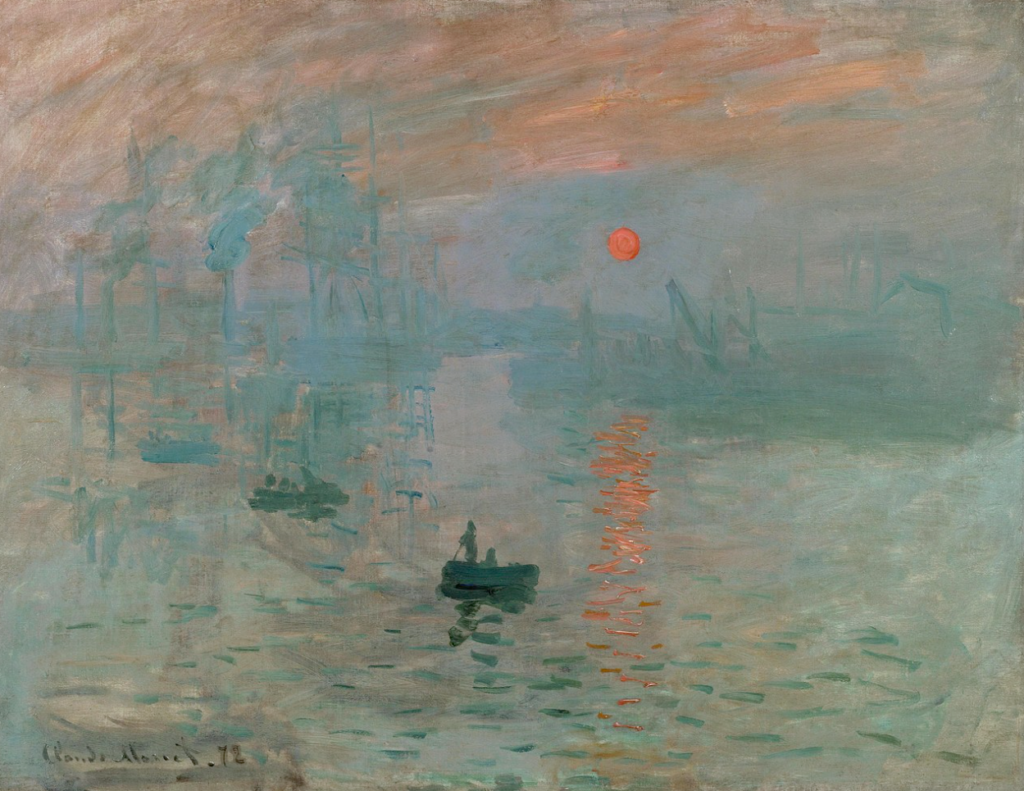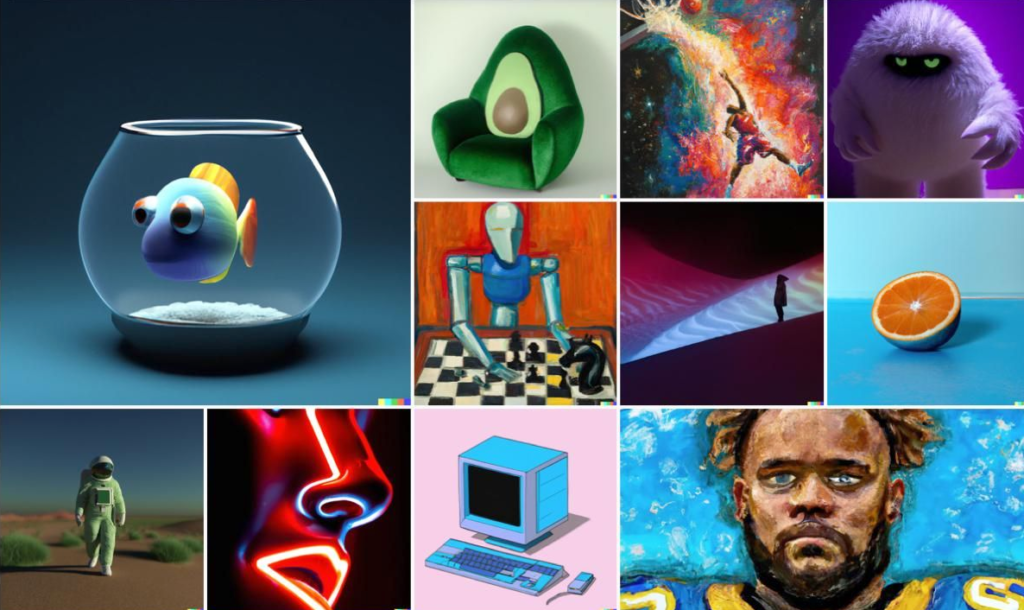AI vs Traditional Painting. In the ever-evolving landscape of art, a new player has emerged, challenging the traditional methods and concepts that have defined painting for centuries. Artificial Intelligence (AI) is not just influencing modern technology but also revolutionizing the art world. This article delves into the fascinating contrast and convergence of AI-generated art and traditional painting, exploring the strengths, limitations, and unique characteristics of each.
The Essence of Traditional Painting
Human Touch and Emotion
AI vs Traditional Painting. Traditional painting, whether it’s oil, acrylic, or watercolor, has always been deeply rooted in human experience and emotion. Artists like Vincent van Gogh and Claude Monet infused their work with personal feelings, societal commentary, and a unique perspective on the world around them.

Techniques and Mediums
Traditional painting techniques have evolved over centuries, with each medium offering its own set of challenges and possibilities. Oil paints, for instance, provide a richness and depth that allow for intricate blending and layering, while watercolors are celebrated for their fluidity and transparency.

The Rise of AI in Art – AI vs Traditional Painting.
Machine Learning and Creativity
AI art is created using algorithms and machine learning models that can analyze vast amounts of data, learn patterns, and generate original artworks. One of the most well-known AI art projects is the work produced by the Generative Adversarial Network (GAN), which pits two neural networks against each other to create increasingly sophisticated images.

Innovation and Accessibility
AI-generated art is pushing the boundaries of creativity and accessibility. Artists can use AI tools to explore new styles and techniques that would be difficult or impossible to achieve by hand. This technology democratizes art, allowing anyone with a computer and an internet connection to create complex and visually stunning pieces.

Comparing the Two Worlds – AI vs Traditional Painting.
Creativity and Originality
AI vs Traditional Painting. Traditional painting is often seen as a pure form of artistic expression, where the artist’s hand, skill, and imagination play a central role. In contrast, AI-generated art relies on pre-existing data and patterns, raising questions about originality and creativity. While AI can mimic styles and generate novel compositions, it lacks the intentionality and personal touch of a human artist.
Speed and Efficiency
AI can produce art quickly and on a massive scale, which is one of its significant advantages. Traditional painting, on the other hand, is a time-consuming process that requires patience and meticulous attention to detail. This efficiency of AI can be both a strength and a limitation, as rapid production might undermine the perceived value and uniqueness of each piece.
Emotional Connection
Traditional paintings often evoke a deep emotional response, rooted in the artist’s personal journey and the tactile quality of the medium. AI art, while visually impressive, may struggle to create the same level of emotional engagement, as it lacks the human experience behind the brushstrokes.
The Future of Art: Collaboration and Integration
Blending AI with Traditional Techniques
Rather than viewing AI and traditional painting as adversaries, many artists are exploring ways to integrate the two. AI can be used as a tool to enhance traditional techniques, offering new perspectives and possibilities. For example, an artist might use AI to generate initial concepts or to create complex patterns that serve as a foundation for their paintings.

New Art Forms and Experiences
The fusion of AI and traditional painting is leading to the emergence of new art forms, such as interactive installations and augmented reality experiences. These innovations allow audiences to engage with art in dynamic and immersive ways, expanding the boundaries of what art can be.
Conclusion
The debate between AI and traditional painting is not about choosing one over the other but about embracing the unique contributions of both. Traditional painting brings a rich history of human emotion, skill, and personal expression, while AI offers innovation, efficiency, and new creative possibilities. Together, they can coexist and complement each other, leading to an exciting and diverse future for the art world.
As we move forward, the key lies in finding harmony between these two realms, celebrating the strengths of each, and exploring the endless possibilities that arise when human creativity meets artificial intelligence.
We hope that you enjoyed our article about “AI vs Traditional Painting”. You can check out also our recent article about the “Secret Messages in Famous Paintings“.
